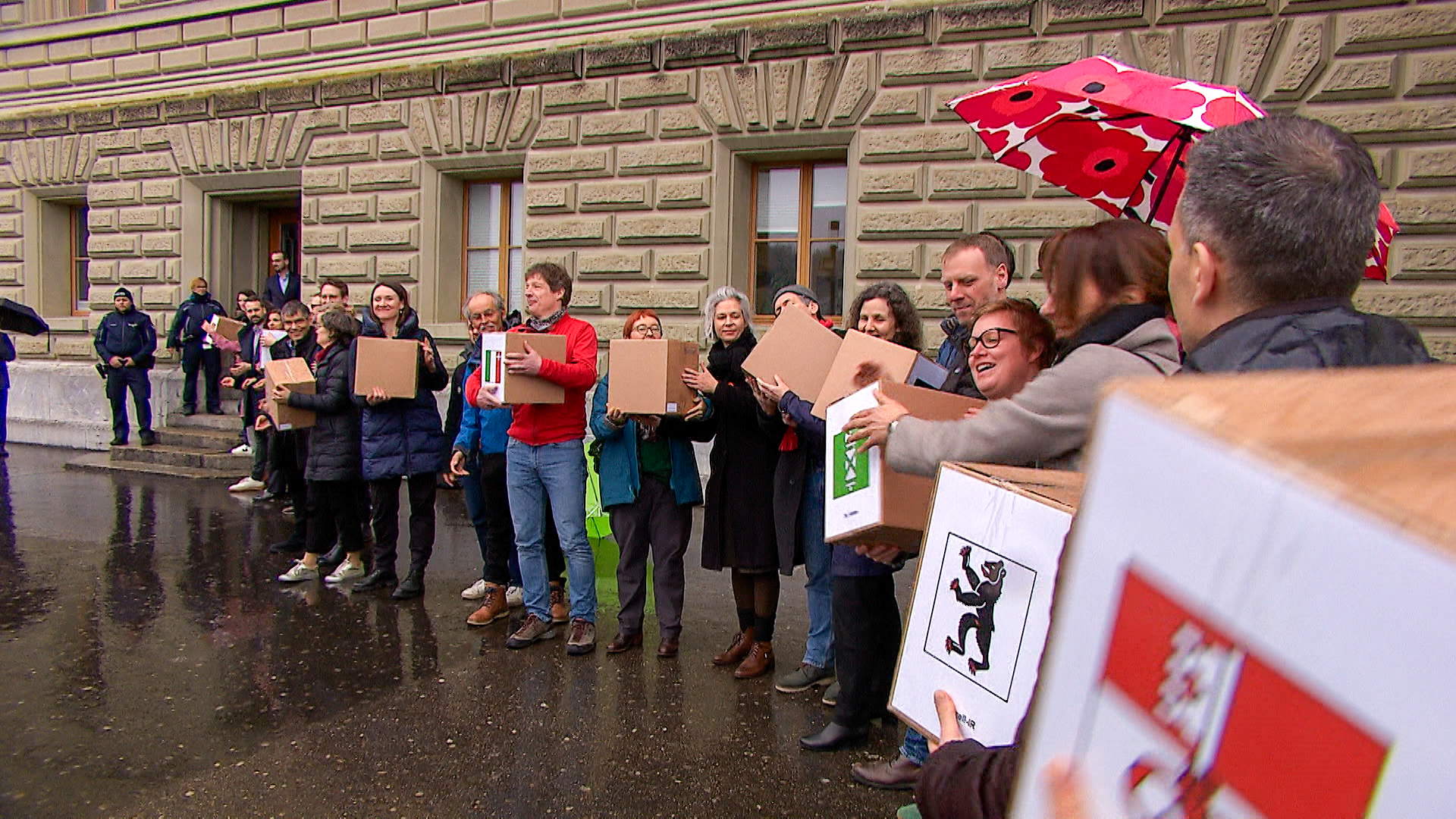
More dead trees and less regrowth in Swiss forests

Since 2018, hot and dry conditions have led to significant changes in Switzerland's forests with more dead or damaged trees and less regrowth.
The harsh conditions have changed the species composition of forests at regional levels, according to interim results from the fifth national forest inventory covering the years 2018 to 2022. The cause of these changes lies in the persistence of dry and hot conditions during the growing season, the Swiss Federal Institute for Forest, Snow and Landscape Research (WSL) said in a press release on Tuesday.
One in eight trees is dead and one in four damaged, the WSL told press agency Keystone-SDA. Spruce, the most important commercial and the most abundant in Switzerland, has declined in large parts of country and is expected to move to higher altitudes, according to the report. South of the Alps, the chestnut tree is suffering losses while ash trees are declining sharply everywhere due to a fungal disease.
+ Switzerland’s forests of the future
Drought is also having an impact on tree growth. The volume of wood renewed each year is lower than it was five years ago.
Less regrowth
Secondly, in an increasing number of forests, young trees are becoming scarcer. On average, this trend affects a quarter of the forests in the whole of Switzerland, but more so in the Alps and particularly in the southern Alps. It is not directly linked to extreme weather events.
When rejuvenation is lacking, forests recover much more slowly from disturbances such as storms or bark beetle attacks. It is only much later that they can once again provide the services expected of them – such as protection against natural hazards.
Despite the current challenges, the volume of standing timber in Switzerland remains high, concludes the analysis. The total forest area in Switzerland increased by 0.2%.
According to the report’s authors, region-specific planning should make it possible to identify the forest areas that are most sensitive to climate change and to take measures to ensure that forestry, including the sustainable use of wood, is maintained in the future.
The national forest inventory is a long-term joint project of the Federal Office for the Environment (FOEN) and the WSL. Based on sample surveys of around 6,600 plots, the inventory provides comprehensive results of the state of Switzerland’s forest resources every nine years.

In compliance with the JTI standards
More: SWI swissinfo.ch certified by the Journalism Trust Initiative































You can find an overview of ongoing debates with our journalists here . Please join us!
If you want to start a conversation about a topic raised in this article or want to report factual errors, email us at english@swissinfo.ch.